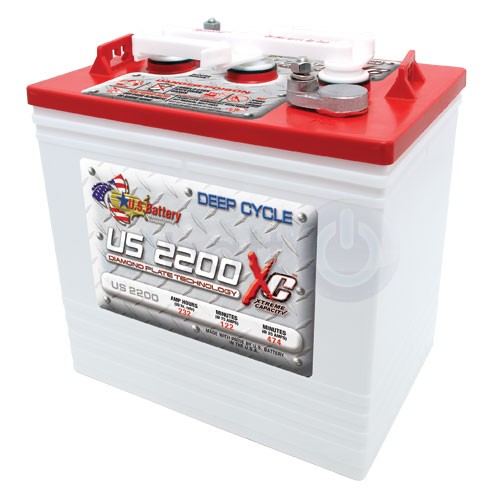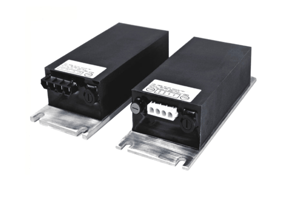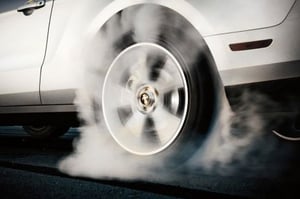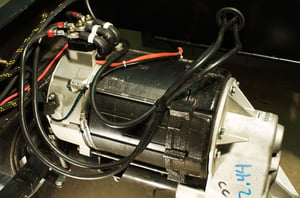An electric vehicle depends on its battery pack as the source of energy that propels it to complete its mission. Proper care and maintenance of this pack can significantly increase its useful life and help keep the operating costs of an electric vehicle well below a traditional internal combustion engine. The following tips will serve as a guide for proper care of a Flooded Lead Acid (FLA) battery pack:
- Batteries should be charged after each use. Avoid continuously operating batteries in a partially charged condition.
- Distilled water should be used to replenish batteries. Particular care should be taken to avoid metallic contamination (iron).
- Inspect battery cables to ensure they are intact and connectors are kept tight at all times.
- Battery vent caps should be kept in place and tight during vehicle operation and battery charging.
- For maximum battery life, batteries should not be discharged below 80% of their rated capacity.
- If the vehicle will not be used for a period beyond a few weeks, charge the batteries, fill them and store the vehicle in a cool place that will not consistently be below 32 degrees Fahrenheit.
- Avoid Charging at temperatures above 120 degrees Fahrenheit.
- Only fill the batteries after charging, unless the plates are exposed. If they are exposed add water until acid covers the top of the plates by at least 1/8” and no higher than 1/4” below the top of the fill well.
- If the charger is operating and you want to use the vehicle, unplug it from the wall before unplugging the plug at the vehicle so a spark will not be created near the batteries.
- Wash the tops of the batteries often, to ensure batteries are clean and free of dirt or corrosion.
- As batteries age, their performance and maintenance requirements may change. Older batteries will need to be watered more often. And, a decrease in capacity and range is to be expected.
- Periodic battery testing is an important preventative maintenance procedure. Hydrometer readings of each cell (fully charged) gives an indication of balance and true charge level. An imbalance could mean the need for equalizing which is often a sign of improper charging or a bad cell. Voltage checks (open circuit, charged and discharged) can locate a bad battery when other methods fail. A weak battery will cause premature failure of companion batteries.



